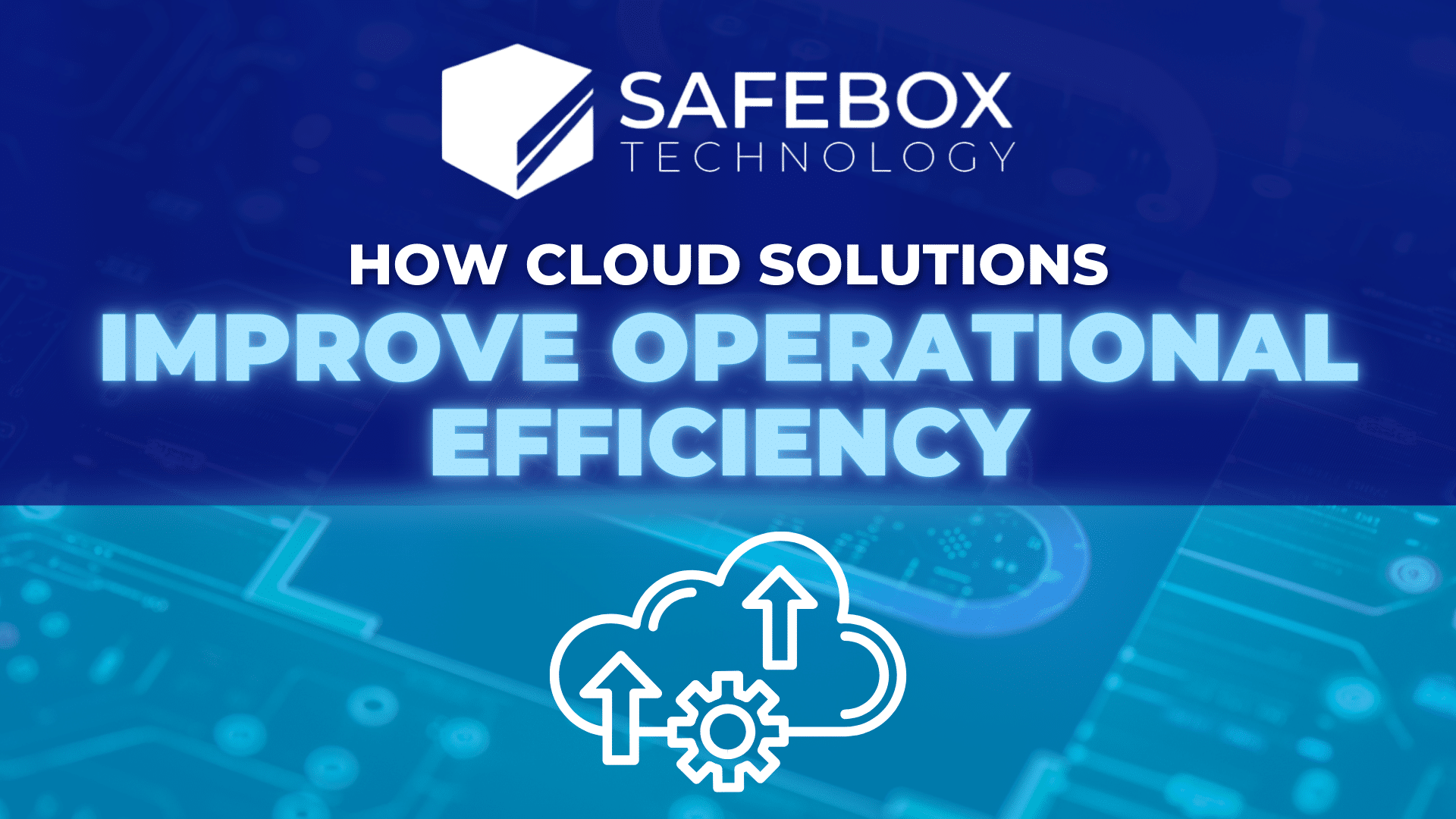Businesses with limited finances and rising demands need operational efficiency. It is true that many businesses have issues with operations that do not work, data that cannot be accessed, and slow manual processes. This results in time lost, duplicate effort, and lost opportunities.
Now enter cloud solutions for streamlined operations—a radical change that lets companies operate smarter rather than aggressively. Cloud computing gives businesses exceptional data accessibility and workflow automation, two key efficiency factors. Let us investigate how the cloud redefines operational output.
Unrestricted Data Accessibility: The Power of Anytime, Anywhere Access
Imagine this: Before a high-stakes meeting, an executive requires last quarter’s financial data; unfortunately, the file is kept on an on-site server—at another office. These kinds of delays can hinder judgment and cost the company considerable time.
These challenges go away with the cloud for business efficiency. The cloud gives employees secure, real-time access to sensitive information from any device, enabling remote collaboration. This change speeds up processes and lowers reliance on local storage, preventing downtime.
Aspects of Data Accessibility Businesses Need to Understand
- Compliance and Security: Accessible data does not mean jeopardizing security. Companies have to be certain cloud providers that follow industry standards. Key protections are encryption, access restrictions, and ongoing monitoring.
- Latency and Performance: While cloud solutions improve access, companies must consider network performance and data transfer speeds. Selecting vendors with scattered data centers helps lower delays and guarantees quicker access to critical data.
- Scalability and Redundancy: Although cloud-based data storage can be expanded, businesses should consider backup options to keep their data safe. Keeping a business going with multi-region backups and failover solutions is possible.
- Cost Considerations: Putting data in the cloud doesn’t come for free; businesses must find a mix between cost-effectiveness and ease of access. To cut costs, optimize storage tiers, apply lifecycle management controls, and monitor consumption.
- User Training and Adoption: Cloud solutions are only as effective as those using them. Businesses should train staff to access, share, and manage data securely.
Cloud-based data access improves security and convenience. Even when access increases, advanced encryption, multi-factor authentication, and role-based permissions guarantee that critical information stays safe.
Workflow Automation: Eliminating Manual Bottlenecks
Manual procedures have a hidden cost in output. From data entry to approval chains, repetitive chores rob staff of time and cause human mistakes. Businesses dependent on manual processes still suffer inefficiencies, slowing operations even with better data accessibility. Simply possessing data is insufficient; it must also be quickly examined, processed, and acted upon.
Innovative automation in the cloud for operations bridges data accessibility and actionable insights to address this inefficiency. Automating workflows ensures data flows smoothly through systems, triggering actions without delays or errors.
Streamlining Processes with AI and Machine Learning
By including AI-driven automation, cloud platforms help reduce reliance on human interventions. Think about these programs meant to increase efficiency:
- Automated document processing: Instantaneously extracting and classifying data, cloud-based optical character recognition (OCR) replaces hours of hand input.
- Innovative approvals: By routing requests to the appropriate consumers, AI-driven workflow automation helps to minimize delays and guarantee flawless approvals.
- Predictive analytics: Machine learning techniques find inefficiencies in processes, offering helpful information for development.
According to Deloitte, deploying cloud-based automation solutions decreased operational expenses by 32%. Many businesses in the supply chain saw at most 19% of cost reductions after utilizing AI.
The Competitive Advantage: Faster Decision-Making and Cost Savings
Not only does being efficient mean doing things faster, but it also means choosing wiser options. Businesses that embrace improving efficiency with cloud solutions benefit from the following:
- Faster Decision-Making: Dashboards and real-time analytics let leaders quickly understand operations, financials, and consumer patterns.
- Cost Optimization: Adoption of clouds replaces costly on-site hardware and maintenance, lowering infrastructure expenses.
- Scalability on Demand: Cloud solutions offer variable resources without leading to oversupplying, whether managing seasonal spikes or scaling to new markets.
Accenture found that migrating your business to the public cloud can result in a 40% reduction in your Total Cost of Ownership (TCO). McKinsey reported that companies using cloud technologies for streamlined operations deliver five times more valuable innovations than IT expense reduction.
How Safebox Technology Can Help
Getting around the cloud space calls for knowledge. With its focus on cloud for business efficiency, Safebox Technology helps businesses move naturally to cloud-based systems. We offer solutions that deliver outcomes for data accessibility, automated workflows, and strategic cloud implementation.
Contact Safebox Technology to learn how the cloud can completely transform your company.

